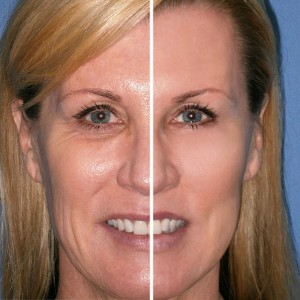
Results achieved using non-invasive Radiesse volumizing filler with little to no downtime
Plastic surgeons used to focus on “removing the problem.” Eyelid bagginess? Remove the fat. Jowls on the jaw line? Suck it out and cut away some skin. Droopy brow? Take away a strip of the scalp.
But times change and new philosophies have emerged regarding facial rejuvenation. Retaining the fullness of youth is a new concept that has taken the plastic surgery field by storm. We now recognize that aging carries with it a thinning out of the soft tissues of the face. There is also a “remodeling” of some of the facial bones as we age, a re-absorption that collapses the mid face and flattens the cheeks. This happens to everyone, no matter what your diet, health habits or genetics.
The results can be a hollow, sallow, gaunt look that becomes more and more skeletal over time. This loss of facial volume represents at least half of the problem of aging. Gravity is the other half. So lifting (as in face lift surgery) alone is not the answer. In fact, we have found that restoring facial volume alone adequately treats the changes of facial aging in most patients with a minimum of risk, downtime and expense. This advance is a real advantage for patients today, as the procedures tend to be less expensive and lower risk with a faster recovery.
There are three ways to retain or add facial volume for a youthful look. Let’s take a look at the methods from most to least involved:
Tissue Transfer
With this technique, we surgically move tissue from one area of the face or eyes to another without detaching it from its point of origin. One example: When the soft tissues (fat pads) of the eyes herniated out from the deep layers, a “bag” of fat beneath the eye is formed. Below this bag is a circular indentation we call the Tear Trough. This circle can be dark, deep and very aging. Worse, it makes a youthful, energetic person look tired, as if they missed a night’s sleep. But no one has to live that way.
I perform “septal reset surgery” on this problem. From inside the eye lid (with no external incisions), I relocate the hammock of tissue (the orbital septum) that holds the fat there, transferring some of the fat into the trough and eliminating the dark, indented circle. In this way I transfer some of the fat and septum to fill a defect that made my patient look tired and old and restore a smooth youthful look.
In a similar manner, the soft tissue of a jowl can be relocated to fill in hollow cheeks. And bagginess of the neck can be replaced to the shrinking jaw line and make my patients proud of their neck once again. These procedures require some recovery (one to two weeks) but is well worth it to turn the clock back ten years or more.
Free Fat Transfer
Free grafting is a medical term that refers to the technique of separating tissue from one’s body and relocating it. It differs from tissue transfer, where we leave the tissue attached. Most people have heard of fat transfer by now. We take fat from where it isn’t needed, such as the tummy, the knees or thighs, and purify and condense that fat into a thick paste so that we have as many survivable fat cells per millimeter as possible. Then we insert the fat gently wherever that patient needs it. We can use it to fill the tear troughs and cheek hollows, as described above, but we can do even more! This fat/graft/paste is a wonderful sculpting medium. We sometimes build cheekbones, fill lips and correct the hollow in the temporal area that gets deeper as we age, especially in women. This typically requires about a week of recovery but some people need even less time. The quality of this result depends on how much of the fat “takes.” By that I mean what percentage of fat cells survive the transfer process. In recent years, improvements such as adding PRP (platelet rich plasma) which contains growth factors make this procedure better than ever.
Injectable Fillers
These fillers come in a syringe or a vial from a pharmaceutical company. They can do much of what fat injection can do but in a different way. In some ways they are more versatile and allow more options. You see, fat can only be injected beneath the skin, not within the fiber of the skin itself. That is great for filling in contours and larger volume defects, but it doesn’t do much to help fine lines, wrinkles and crinkles. For those smaller problems, I must inject the material directly into the dermis (layer of skin) itself to plump it up. These fillers can also be used beneath the skin, but I reserve their use for smaller volume defects because they are like a painter’s fine-tipped brush. Fillers like Voluma, Restylane and Juvederm are for minor problems or putting the finishing touches on big problems. These improvements can be made with what I call “same day recovery.” With some of them, my patients go right back to work. If we get a little more involved, returning to normal activity the next day is wise.
Restoration of facial volume is the wave of the future. These three modes of treatment provide all patients with the type of improvement they need at a cost they can afford with a recovery they can manage. And like most surgeons, I enjoy bringing you to the “cutting edge”!
Dr. Chopra is medical director of The Plastic Surgery Institute in Rancho Mirage and can be reached at (760) 568.2211. Please send your ideas and recommended topics for his new column via email to csmith@roxsurgery.com.






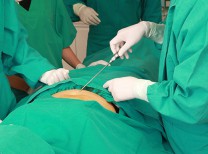

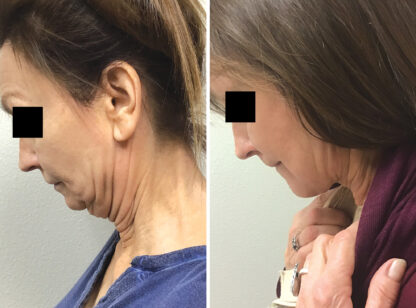


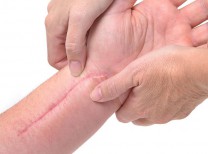


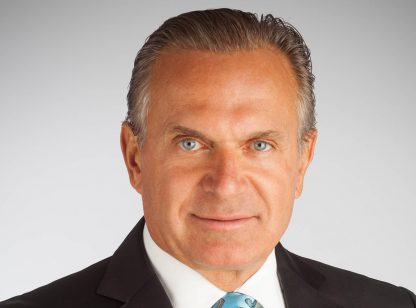
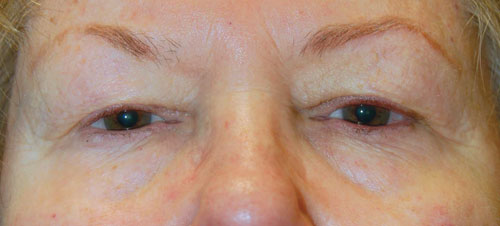
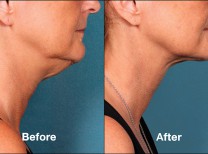
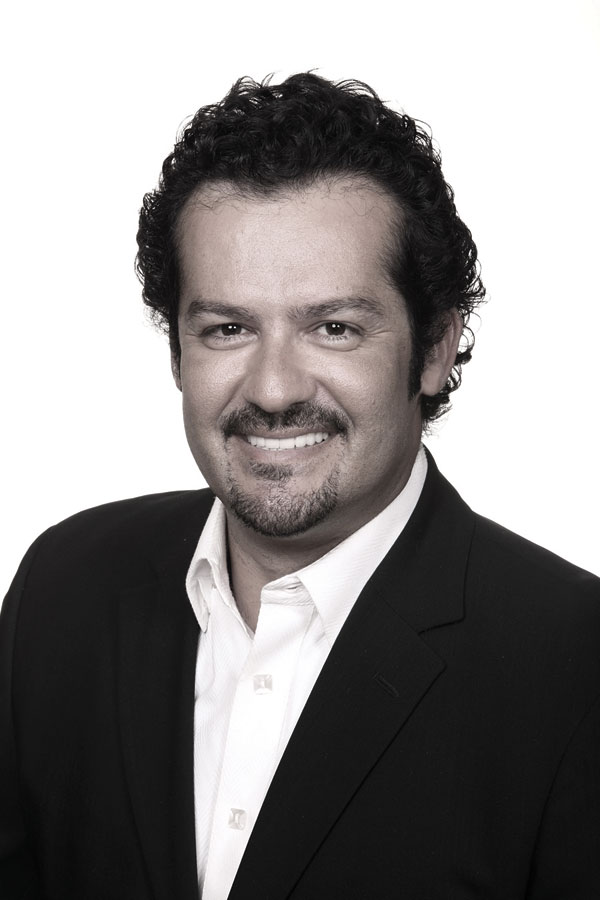





























Comments (0)